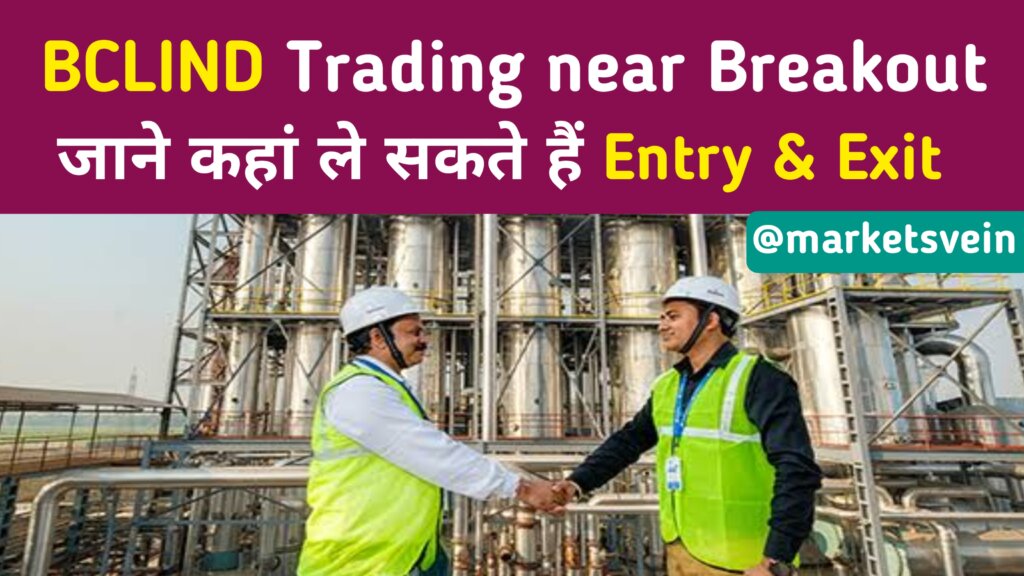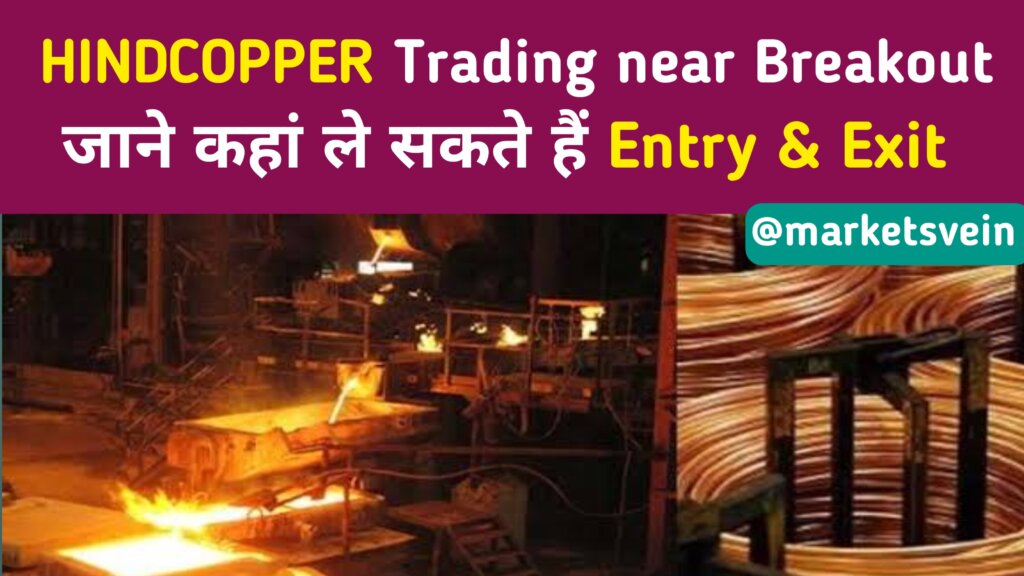Introduction
In this article, we embark on a journey to explore the multifaceted challenges and promising prospects that define the ever-changing economic landscape. As we traverse through an era of global uncertainty, it becomes imperative to comprehend the diverse factors that shape the growth and stability of economies. From the intricacies of inflation to the impact of monetary policies, we delve into these issues, shedding light on their consequences and potential outcomes.
Unraveling the Intricacies of Inflation
Inflation, a pivotal economic indicator, remains a subject of significant interest and concern. While the current inflation rate remains below 5%, persistent challenges demand careful attention from policymakers. Inflationary pressures can emerge from various sources, such as fluctuations in commodity prices, disruptions in supply chains, or volatility in currency values.
A comprehensive assessment of the causes and implications of inflation is imperative to make informed decisions. By analyzing the factors that influence price levels, central banks can effectively formulate monetary policies that strike a balance between economic growth and price stability. Understanding the nuances of inflation empowers policymakers to maintain optimal growth levels and prevent excessive price surges.
The Vital Role of Central Banks
Central banks play a pivotal role in managing inflation and upholding economic stability. The Reserve Bank of India (RBI), led by Governor Shaktikanta Das, has displayed proactivity in addressing the challenges posed by inflation. Through the implementation of diverse tools and strategies, central banks strive to control inflationary pressures and foster sustainable economic growth.
Monetary policies, such as interest rate adjustments and open market operations, empower central banks to influence borrowing costs, liquidity in the economy, and overall economic activity. By making prudent policy decisions, central banks aim to strike a delicate balance between stimulating economic growth and mitigating inflationary risks.
Tackling Supply Chain Hurdles
Beyond inflation, supply chain disruptions have emerged as significant challenges in recent times. The COVID-19 pandemic exposed vulnerabilities in global supply chains, impacting diverse sectors and economies worldwide. Disruptions in the supply chain can lead to production bottlenecks, escalated costs, and delayed deliveries, detrimentally affecting businesses and consumers alike.
To overcome these challenges, businesses and governments must prioritize the establishment of resilient supply chains. Strategies such as diversifying sourcing locations, investing in technology-driven logistics solutions, and fostering collaboration between stakeholders are crucial. By fortifying supply chains, economies can better withstand shocks and enhance their competitiveness in the global market.
Embracing the Dawn of Technological Advancements
Amidst the challenges, opportunities abound with technological advancements reshaping industries and economies. Digital transformation has gained momentum across sectors, revolutionizing business models and enhancing productivity. Embracing technology empowers organizations to streamline operations, improve efficiency, and adapt to evolving consumer demands.
Investments in research and development, the fostering of innovation ecosystems, and the promotion of digital literacy serve as vital components of a forward-thinking economic agenda. Governments and businesses can harness the potential of emerging technologies such as artificial intelligence, blockchain, and automation to drive sustainable growth and gain a competitive edge in the global landscape.
Paving the Path to a Sustainable Future
In addition to immediate challenges, sustainability remains a critical facet of economic development. Balancing economic growth with environmental responsibility is imperative for forging a resilient and inclusive future. Transitioning towards sustainable practices, investing in renewable energy, and promoting circular economies can propel long-term growth while mitigating environmental risks.
Governments, businesses, and individuals must collaborate to foster sustainable development. Implementation of policies that incentivize eco
परिचय
इस लेख में, हम बहुपक्षीय चुनौतियों और होनहार संभावनाओं का पता लगाने के लिए एक यात्रा शुरू करते हैं जो कभी बदलते आर्थिक परिदृश्य को परिभाषित करते हैं. जैसा कि हम वैश्विक अनिश्चितता के युग से गुजरते हैं, अर्थव्यवस्थाओं के विकास और स्थिरता को आकार देने वाले विविध कारकों को समझना अनिवार्य हो जाता है. मुद्रास्फीति की पेचीदगियों से लेकर मौद्रिक नीतियों के प्रभाव तक, हम इन मुद्दों पर प्रकाश डालते हैं, उनके परिणामों और संभावित परिणामों पर प्रकाश डालते हैं.
मुद्रास्फीति की पेचीदगियों को उजागर करना
मुद्रास्फीति, एक महत्वपूर्ण आर्थिक संकेतक, महत्वपूर्ण रुचि और चिंता का विषय बना हुआ है. जबकि मौजूदा मुद्रास्फीति दर 5% से नीचे बनी हुई है, लगातार चुनौतियां नीति निर्माताओं से सावधानीपूर्वक ध्यान देने की मांग करती हैं. मुद्रास्फीति के दबाव विभिन्न स्रोतों से उभर सकते हैं, जैसे कि कमोडिटी की कीमतों में उतार-चढ़ाव, आपूर्ति श्रृंखलाओं में व्यवधान या मुद्रा मूल्यों में अस्थिरता.
मुद्रास्फीति के कारणों और निहितार्थों का एक व्यापक मूल्यांकन सूचित निर्णय लेने के लिए आवश्यक है. मूल्य स्तरों को प्रभावित करने वाले कारकों का विश्लेषण करके, केंद्रीय बैंक आर्थिक विकास और मूल्य स्थिरता के बीच संतुलन बनाने वाली मौद्रिक नीतियों को प्रभावी ढंग से तैयार कर सकते हैं. मुद्रास्फीति की बारीकियों को समझना नीति निर्माताओं को इष्टतम विकास स्तर बनाए रखने और अत्यधिक मूल्य वृद्धि को रोकने के लिए सशक्त बनाता है.
केंद्रीय बैंकों की महत्वपूर्ण भूमिका
केंद्रीय बैंक मुद्रास्फीति के प्रबंधन और आर्थिक स्थिरता को बनाए रखने में महत्वपूर्ण भूमिका निभाते हैं. भारतीय रिजर्व बैंक ( RBI ), गवर्नर शक्तिकांत दास के नेतृत्व में, मुद्रास्फीति द्वारा उत्पन्न चुनौतियों को दूर करने में सक्रियता प्रदर्शित की है. विविध उपकरणों और रणनीतियों के कार्यान्वयन के माध्यम से, केंद्रीय बैंक मुद्रास्फीति के दबावों को नियंत्रित करने और स्थायी आर्थिक विकास को बढ़ावा देने का प्रयास करते हैं.
मौद्रिक नीतियां, जैसे कि ब्याज दर समायोजन और खुले बाजार के संचालन, केंद्रीय बैंकों को उधार लेने की लागत, अर्थव्यवस्था में तरलता और समग्र आर्थिक गतिविधि को प्रभावित करने के लिए सशक्त बनाती हैं. विवेकपूर्ण नीतिगत निर्णय लेने से, केंद्रीय बैंकों का लक्ष्य आर्थिक विकास को प्रोत्साहित करने और मुद्रास्फीति के जोखिमों को कम करने के बीच एक नाजुक संतुलन बनाना है.
आपूर्ति श्रृंखला बाधाओं से निपटने
मुद्रास्फीति से परे, आपूर्ति श्रृंखला व्यवधान हाल के दिनों में महत्वपूर्ण चुनौतियों के रूप में उभरे हैं. COVID-19 महामारी ने वैश्विक आपूर्ति श्रृंखलाओं में कमजोरियों को उजागर किया, जो दुनिया भर में विविध क्षेत्रों और अर्थव्यवस्थाओं को प्रभावित करता है. आपूर्ति श्रृंखला में व्यवधान से उत्पादन में अड़चनें, बढ़ी हुई लागत और विलंबित प्रसव हो सकते हैं, जो व्यवसायों और उपभोक्ताओं को समान रूप से प्रभावित करते हैं.
इन चुनौतियों से उबरने के लिए, व्यवसायों और सरकारों को लचीला आपूर्ति श्रृंखलाओं की स्थापना को प्राथमिकता देनी चाहिए. सोर्सिंग स्थानों में विविधता लाने, प्रौद्योगिकी-संचालित लॉजिस्टिक्स समाधानों में निवेश करने और हितधारकों के बीच सहयोग को बढ़ावा देने जैसी रणनीतियाँ महत्वपूर्ण हैं. आपूर्ति श्रृंखलाओं को मजबूत करके, अर्थव्यवस्थाएं झटके का सामना कर सकती हैं और वैश्विक बाजार में अपनी प्रतिस्पर्धा बढ़ा सकती हैं.
तकनीकी प्रगति के डॉन को गले लगाना
चुनौतियों के बीच, उद्योगों और अर्थव्यवस्थाओं को फिर से तैयार करने वाली तकनीकी प्रगति के साथ अवसर. डिजिटल परिवर्तन ने क्षेत्रों में गति प्राप्त की है, व्यापार मॉडल में क्रांति और उत्पादकता में वृद्धि हुई है. प्रौद्योगिकी को गले लगाना संगठनों को संचालन को सुव्यवस्थित करने, दक्षता में सुधार करने और उपभोक्ता मांगों को विकसित करने के लिए अनुकूल बनाता है.
अनुसंधान और विकास में निवेश, नवाचार पारिस्थितिकी प्रणालियों को बढ़ावा देना, और डिजिटल साक्षरता को बढ़ावा देना एक आगे की सोच वाले आर्थिक एजेंडे के महत्वपूर्ण घटकों के रूप में काम करता है. सरकारें और व्यवसाय स्थायी विकास को चलाने और वैश्विक परिदृश्य में प्रतिस्पर्धा में बढ़त हासिल करने के लिए कृत्रिम बुद्धिमत्ता, ब्लॉकचेन और स्वचालन जैसी उभरती प्रौद्योगिकियों की क्षमता का दोहन कर सकते हैं.
एक सतत भविष्य के लिए पथ प्रशस्त
तात्कालिक चुनौतियों के अलावा, स्थिरता आर्थिक विकास का एक महत्वपूर्ण पहलू है. पर्यावरणीय जिम्मेदारी के साथ आर्थिक विकास को संतुलित करना एक लचीला और समावेशी भविष्य बनाने के लिए जरूरी है. स्थायी प्रथाओं की ओर संक्रमण, नवीकरणीय ऊर्जा में निवेश, और परिपत्र अर्थव्यवस्थाओं को बढ़ावा देना पर्यावरणीय जोखिमों को कम करते हुए दीर्घकालिक विकास को बढ़ावा दे सकता है.
सरकारों, व्यवसायों और व्यक्तियों को सतत विकास को बढ़ावा देने के लिए सहयोग करना चाहिए. इको को प्रोत्साहित करने वाली नीतियों का कार्यान्वयन








